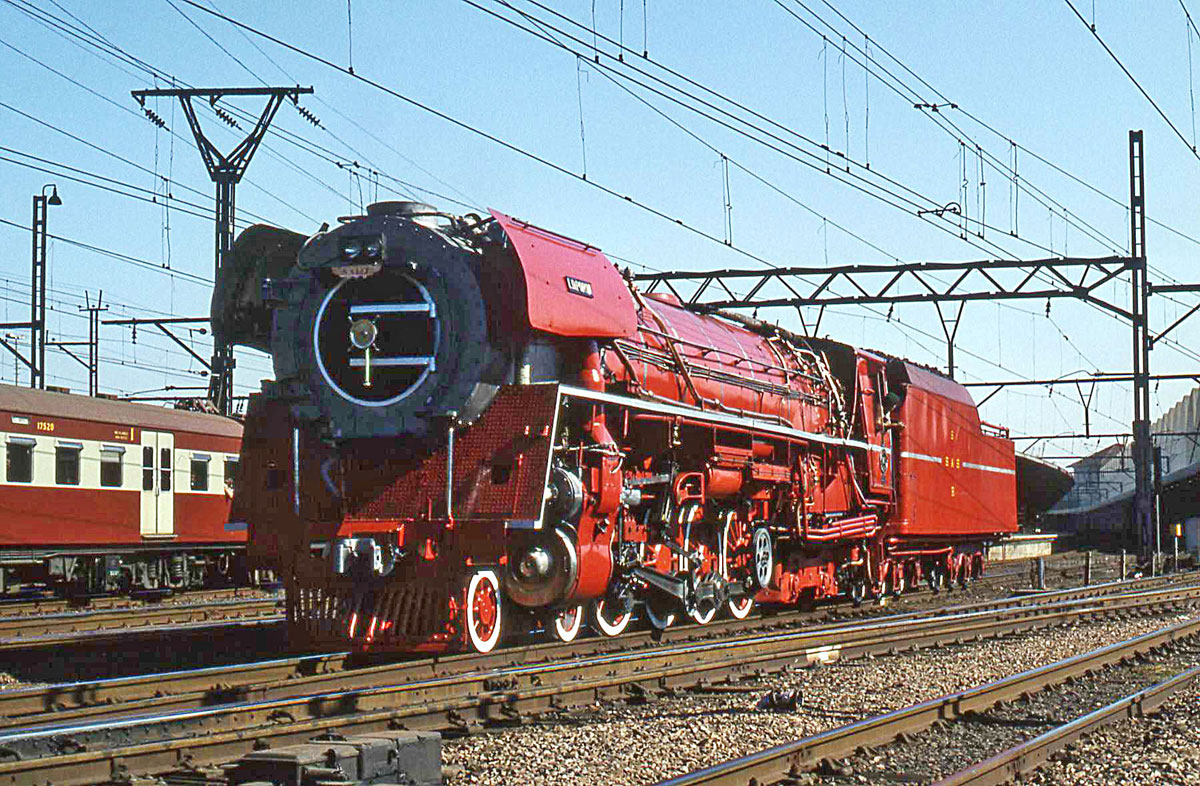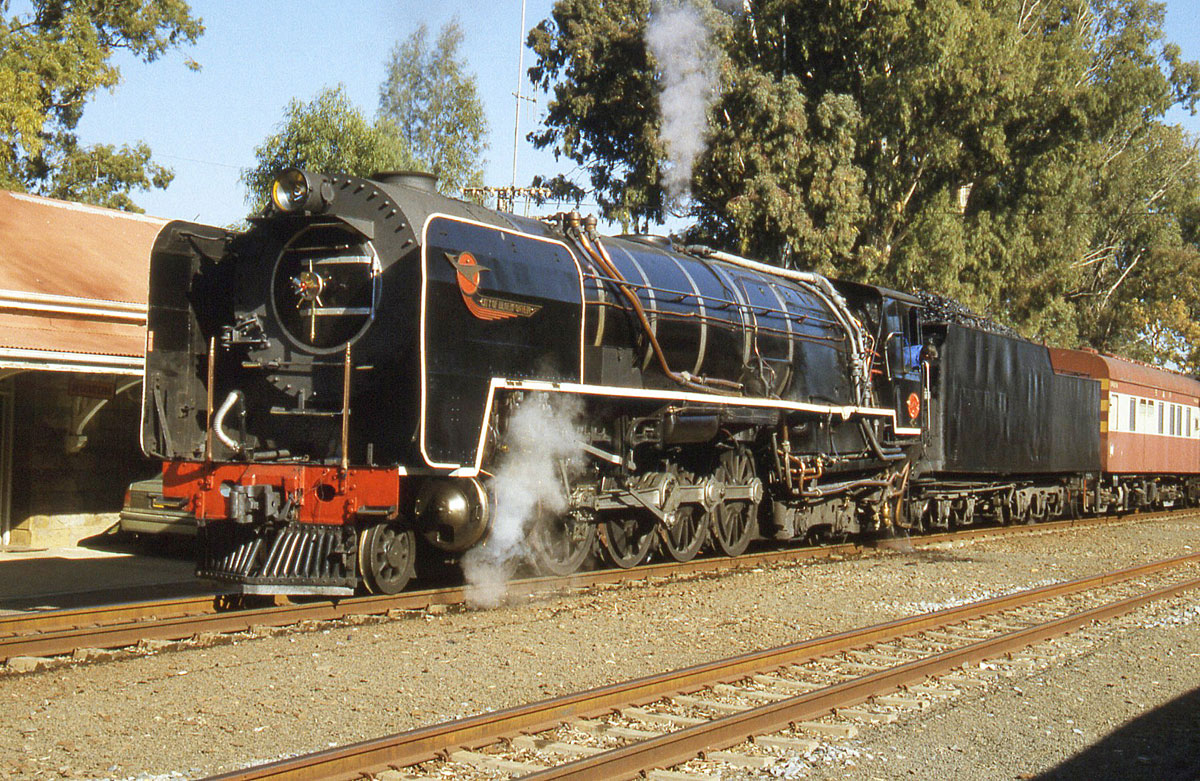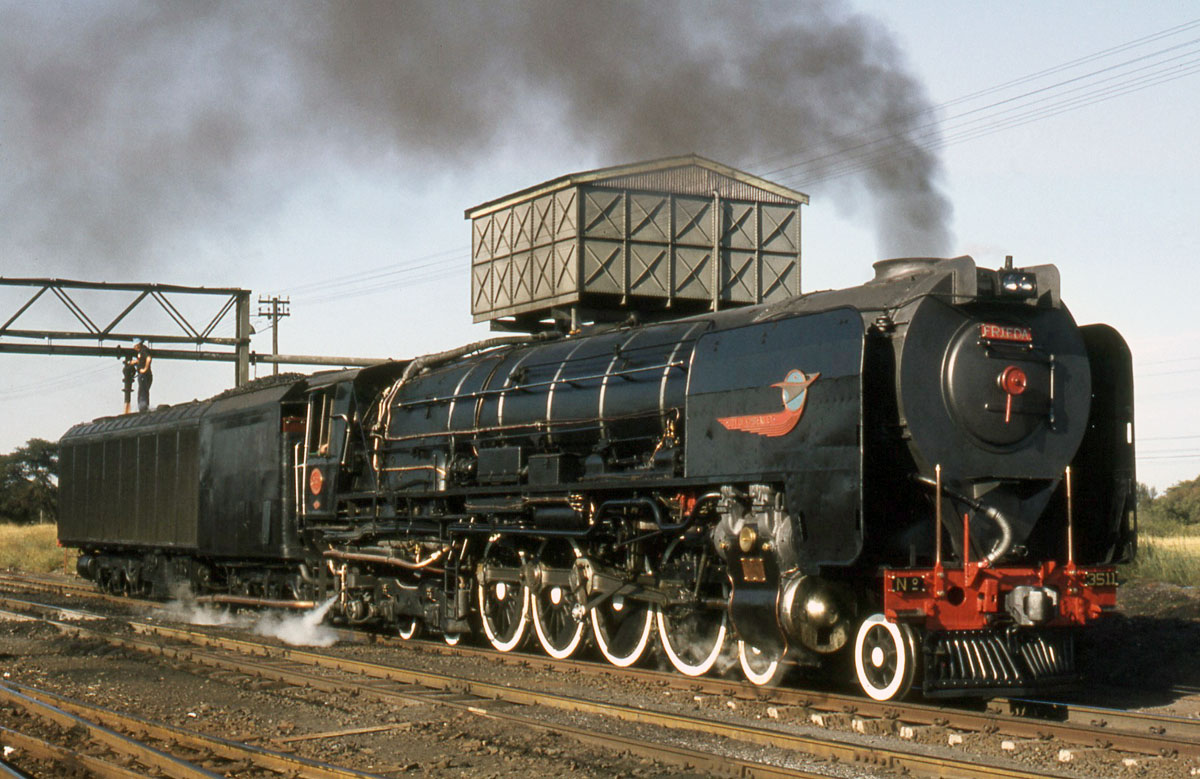This new paper by CSR research collaborator Natural Resources Research Institute was authored by Don Fosnacht, Ph.D (a CSR Board Member) and his colleague David W. Hendrickson. It provides a very in-depth look at the way in which pre-treatment of biomass can be used in steam boilers to make electricity (or, in some cases, propulsion for trains). It is of great importance in serving as a "bridge" fuel to transition from coal to cleaner energy, lowering conversion costs at power plants.
The following executive summary provides a good overview of the paper, which can be downloaded in its entirety here.
The desire to fire biomass for electric power generation has recently been amplified by President Obama’s new Clean Power Plan with a call for a 32% cut in power plant emissions by 2030 from 2005 levels.
With carbon-capture and sequestration technology still developing, many coal plants are looking for alternative ways to reduce the CO2 from larger scale fossil fueled power plants. Some utilities have started mixing their coal with a cheap material such as woody biomass that could help them meet the expected EPA targets. Co-firing with wood and coal is becoming a viable ‘bridge strategy’ for increasing the use of renewable resources while reducing atmospheric CO2. Worldwide, over 200 test burns have been completed for co-firing wood with coal at large-scale coal fired power plants to show the feasibility of this technique to reduce CO2 in plant emissions.
Compared with fossil fuels, biomass has not been widely utilized in the electric power generation industry due to its relatively low energy density. Biomass pre-treatment technologies have therefore been developed to densify biomass into forms that can be stored and handled in a manner consistent with coal usage at power generation operations.(2) The biomass industry is currently focusing on biomass pretreatment technologies for either pelletizing raw biomass fuels or pelletizing torrefied biomass fuels. The wood pelletizing process for production of wood fuel pellets is a well-developed technology worldwide. The torrefied wood industry, however, is in a ‘development stage’ in that many torrefaction processes are being researched and refined, with no one technology perfected or preferred as yet.
The global electric power industry is thus seeking ‘refined’ renewable fuel products to partially or fully replace coal as its fuel source in order to reduce carbon and other significant emissions. ‘Refining’ is a generic term for different fuel processing technologies including steam explosion, torrefaction, and hydrothermal carbonization (HTC) (also called wet torrefaction). Through the use of torrefaction ‘mild pyrolysis process,’ a significant improvement in the suitability of biomass for co-firing in coal fired power plants is produced while providing the potential to enable higher co-firing percentages of biomass versus using untreated wood pellets. The quality of the torrefaction process depends on the balance between temperature and residence time to preserve a maximum of energy density to achieve certain fuel properties like grindability and hydrophobicity.(3) While the lignin content in wood is usually enough to bind pellets, other forms of biomass require special conditioning to strengthen them. Sometimes binders such as starch, sugars, paraffin oils, or lignin must be added to make the pelletized biomass more durable.(4) Pelletizing into a highly water repellent pellet or briquette is required for the torrefied wood industry to produce an acceptable coal replacement product that can be shipped in bulk in open containers and stored in a manner similar to coal. As of 2015, emerging biomass torrefaction companies have significantly improved their ability to produce high quality products with pellets of comparable durability to conventional wood pellets. Key areas of work remain, and these include: densification with and without binders to enhance the bulk density of the produced fuels, development of moisture resistance regimes to allow avoidance of indoor storage, optimization of the shape and size of the fuel products, and the degree of pretreatment required to reduce ash content and to achieve the desired fuel values in the products.
Southern Company, at its Gulf Power subsidiary, successfully tested the use of ‘white pellets’ that had undergone torrefaction in a mobile torrefaction facility. Even though the produced materials were not of ideal physical quality, the company showed that up to 100% coal substitution could be achieved. The company concluded that the use of torrefied materials was a straightforward path to substitution of increasing amounts of coal in power generation. Ontario Power in Canada has converted two plants in Western Ontario to completely use biomass materials. In one case, they modified the power plant to utilize white pellets, and the capital costs for this modification were estimated to be C$170,000,000. In the second case, the power plant decided to use advanced wood pellets produced from steam explosion processing methods (Zilkha or Arbaflame), and the capital costs to allow the materials to be used was only C$5,000,000. The capital cost reduction illustrated that the advanced wood pellets could be used like coal in that second plant example. Finally, a European economic analysis indicates that considering all aspects of potential fuel use, advanced wood pellets compared to ‘white pellets’ have a significant economic advantage when logistics and actual cost of use at the power plant is considered.





![The "Stripe" with a few of the NSPS folks in front of its 70" driving wheels. From left to right: Jim Wrinn [Editor of Trains Magazine & NSPS Board Member], Shane Meador [NSPS President], Jason Sobzynski [Steam Mechanic and NSPS Advisor] and Dav…](https://images.squarespace-cdn.com/content/v1/55e5ef3fe4b0d3b9ddaa5954/1461538218067-XKVQMYFCQOX6L30B8FKX/image-asset.jpeg)















